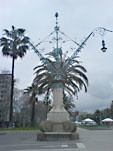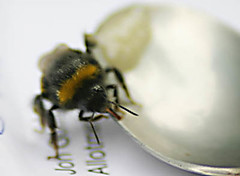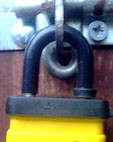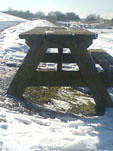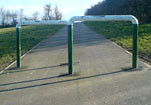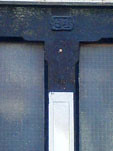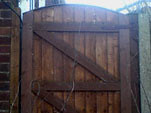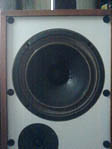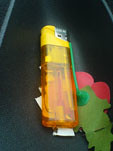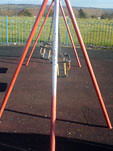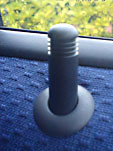alphaphot review, part two
ou've had the dry statistics about the Alphaphot project - now for the conclusions.
A drawback of using images as drop caps is that my posts all have the first letter missing when read in an RSS feeder. Personally, I don't see that as a big problem. I've set Blogger to send the full post as a feed rather than just the first few words, so people can get the sense of what I've written. Anyway, according to Feedburner, there is still only one person subscribing to the RSS feed from my blog so far and that's me, for test purposes.
On the plus side, I've not come across anyone else doing this, which in a place as big as the web is quite amazing, but then, since it is such a big place, maybe I just haven't found them yet.
Most of the time I refrain from tweaking images in Photoshop other than simple crops and boosting the contrast to compensate for the flaws in my phone's camera. Sometimes I adjust the sharpness and saturation to make the letter clearer, and occasionally I rotate the images slightly.
The big question is: has the Alphaphot project changed the way I take photographs? Well, it has when I'm specifically taking photographs for the project, but I have to remind myself to look for relevant images.
This evening, for example, I was down at the allotment watering plants when a hot air balloon flew low overhead. I realised only as it was floating away that it would have made an excellent letter. On my recent trip to Southport, I brought only one drop cap image, probably because I was busy concentrating on work. The image really stood out for me at the time, though it's hard to see why when looking at it now.
I suppose my conclusion is that it's good to force myself to look at things in a different way, so I will continue with it, but perhaps I need a new project as well. Something brief, perhaps. A theme to work on. Any suggestions, anyone?
